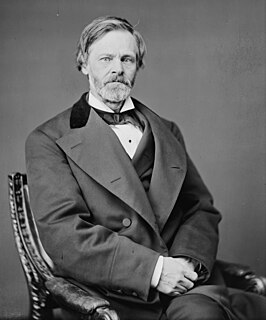 W
WThis section of the Timeline of United States history concerns events from 1900 to 1929.
 W
WThe Mexican Border War, or the Border Campaign, refers to the military engagements which took place in the Mexico–United States border region of North America during the Mexican Revolution. It is the fifth and final major conflict fought on American soil, where its predecessors were the American Revolutionary War, War of 1812, Mexican–American War and the American Civil War. The Bandit War in Texas was part of the Border War. From the beginning of the Mexican Revolution in 1910, the United States Army was stationed in force along the border and on several occasions fought with Mexican rebels or federals. The height of the conflict came in 1916 when revolutionary Pancho Villa attacked the American border town of Columbus, New Mexico. In response, the United States Army, under the direction of General John J. Pershing, launched an expedition into northern Mexico, to find and capture Villa. Though the operation was a failure in that Villa was not captured, it was partially successful in that the army found and engaged the Villista rebels, and in killing Villa's two top lieutenants. The revolutionary himself escaped and the American army returned to the United States in January 1917. Conflict at the border continued, however, and the United States launched several additional, though smaller operations into Mexican territory until after the American victory in the Battle of Ambos Nogales, leading to the establishment of a permanent border wall. Conflict was not only subject to Villistas and Americans; Maderistas, Carrancistas, Constitutionalistas and Germans also engaged in battle with American forces during this period.
 W
WThe history of the United States from 1865 until 1918 covers the Reconstruction Era, the Gilded Age, and the Progressive Era, and includes the rise of industrialization and the resulting surge of immigration in the United States. This article focuses on political, economic, and diplomatic history.
 W
WThe Panic of 1910–1911 was a minor economic depression that followed the enforcement of the Sherman Antitrust Act, which regulates the competition among enterprises, trying to avoid monopolies and, generally speaking, a failure of the market itself. The short-term panic lasted approximately 1 year and led to a drop of the major U.S. stock market index by ~26%. It mostly affected the stock market and business traders who were smarting from the activities of trust busters, especially with the breakup of the Standard Oil Company and the American Tobacco company.
 W
WThe Presidency of William Howard Taft began on March 4, 1909, when William Howard Taft was inaugurated as President of the United States, and ended on March 4, 1913. Taft, a Republican from Ohio, was the 27th United States president. The protégé and chosen successor of President Theodore Roosevelt, he took office after easily defeating Democrat William Jennings Bryan in the 1908 presidential election. His presidency ended with his defeat in the 1912 election by Democrat Woodrow Wilson.
 W
WThe presidency of Woodrow Wilson began on March 4, 1913 at noon when Woodrow Wilson was inaugurated as president of the United States, and ended on March 4, 1921. Wilson, a Democrat who previously served as the governor of New Jersey, took office as the 28th U.S. President after winning the 1912 presidential election, gaining a large majority in the Electoral College and a 42% plurality of the popular vote in a four–candidate field. Wilson was re-elected in 1916, defeating Republican Charles Evans Hughes by a fairly narrow margin. He was the first Southerner to be elected president since Zachary Taylor in 1848, and just the second Democrat to be elected president since 1860.
 W
WThe White Court refers to the Supreme Court of the United States from 1910 to 1921, when Edward Douglass White served as Chief Justice of the United States. White, an associate justice since 1894, succeeded Melville Fuller as Chief Justice after the latter's death, and White served as Chief Justice until his death a decade later. He was the first sitting associate justice to be elevated to chief justice in the Court's history. He was succeeded by former president William Howard Taft.